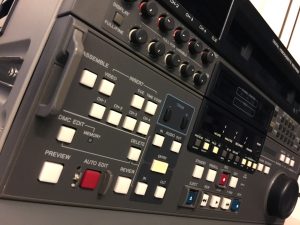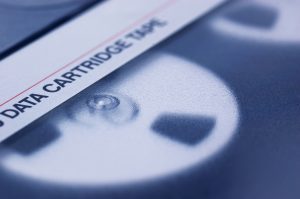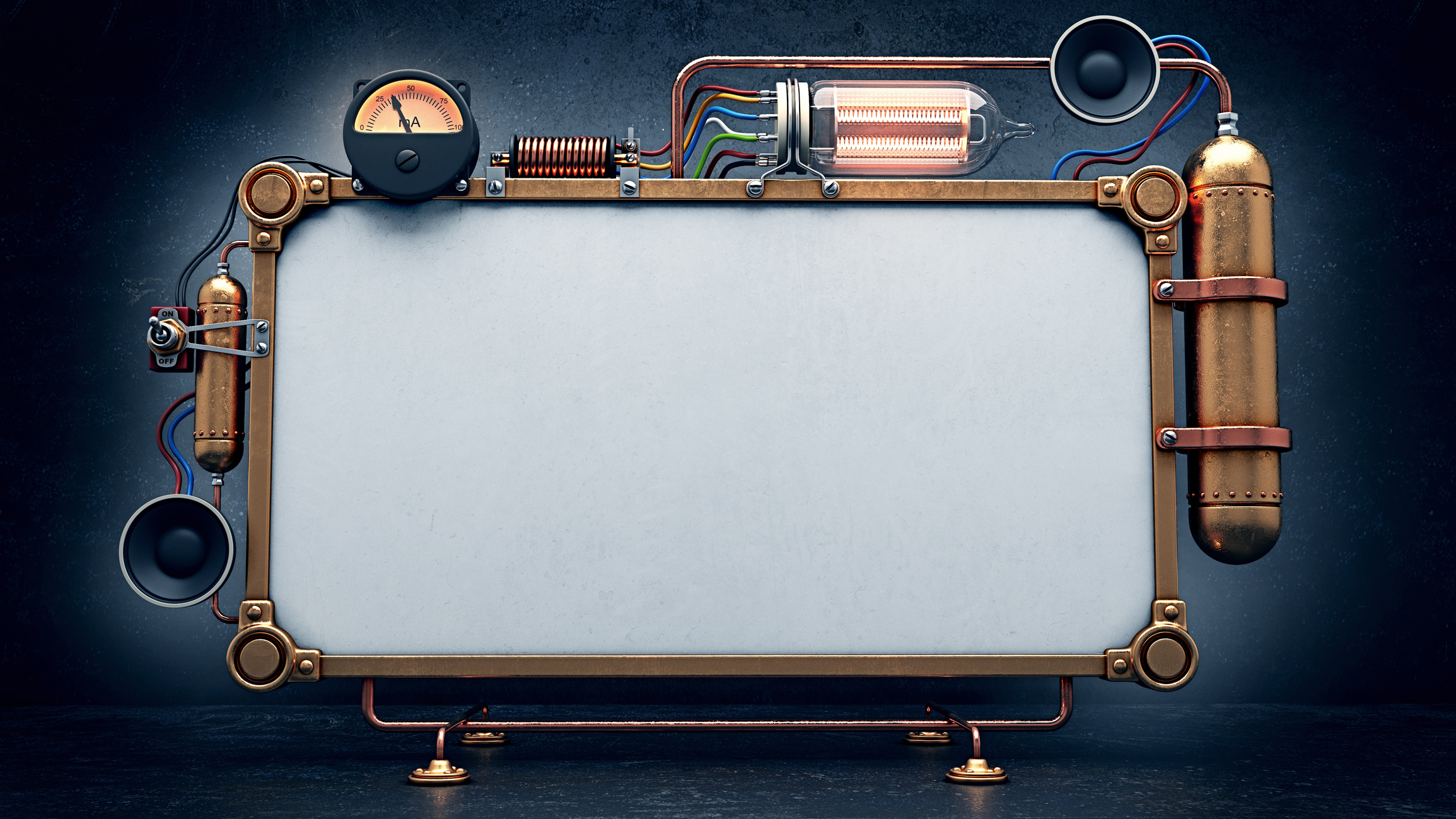Humans experience the world around them in an analog format. This means that when you look at your surroundings when you experience the beauty of a park or a beach, you are receiving a constant and steady stream of data. Obviously, no person thinks about a park or a beach or a flying bird as “data.” Rather, people think in terms of their senses, including vision, touch, smell, and sound.
This is not how computers function and process information. While you may be entering various letters on a keyboard and choose different colours on a computer screen, fundamentally a computer can only understand yes and no, or 1 and 0. One is when a signal is present and zero is a pause in a signal. The conversion process of a continuous stream of analog information into an array of ones and zeros that a machine can work with is called digitizing. Digital video is video that has been converted into a digital format.
To better understand the difference between digital and analog data, think about a hill. An analog representation of a hill on paper would be a continuous line that follows the profile of the hill perfectly. An analog representation can do that because it can have an infinite number of variables. It can go in any direction at any time. However, a digital representation will not be able to do that. Digital values can only have individual, limited bits of data. For this reason, a digital  representation of a hill would be a set of rectangles, some of which are longer and some of which are shorter. The rectangles can get close to the shape of the actual hill, but they can’t show it in the way an analog picture can.
representation of a hill would be a set of rectangles, some of which are longer and some of which are shorter. The rectangles can get close to the shape of the actual hill, but they can’t show it in the way an analog picture can.
People often believe that digital products are better, but this is not always true. In theory, analog recordings have an advantage over digital recordings because an analog recording can have more information about all kinds of subtle varieties that are hard to convey in a digital format. However, practical advances in digital technology mean th at this difference doesn’t matter much in real life. While a digital recording does consist of individual fragments instead of an uninterrupted flow of information, modern digital recordings have so many fragments that human perception often can’t even tell the difference between a digital recording and an analog one.
at this difference doesn’t matter much in real life. While a digital recording does consist of individual fragments instead of an uninterrupted flow of information, modern digital recordings have so many fragments that human perception often can’t even tell the difference between a digital recording and an analog one.
What’s even more interesting is that often digital recordings of all kinds of signals look as if they have higher quality compared to analog signals. The explanation of this phenomenon is very simple. While analog signals can reflect reality better, they are also very susceptible to deterioration and when deterioration happens, it often damages the recordings very significantly.
